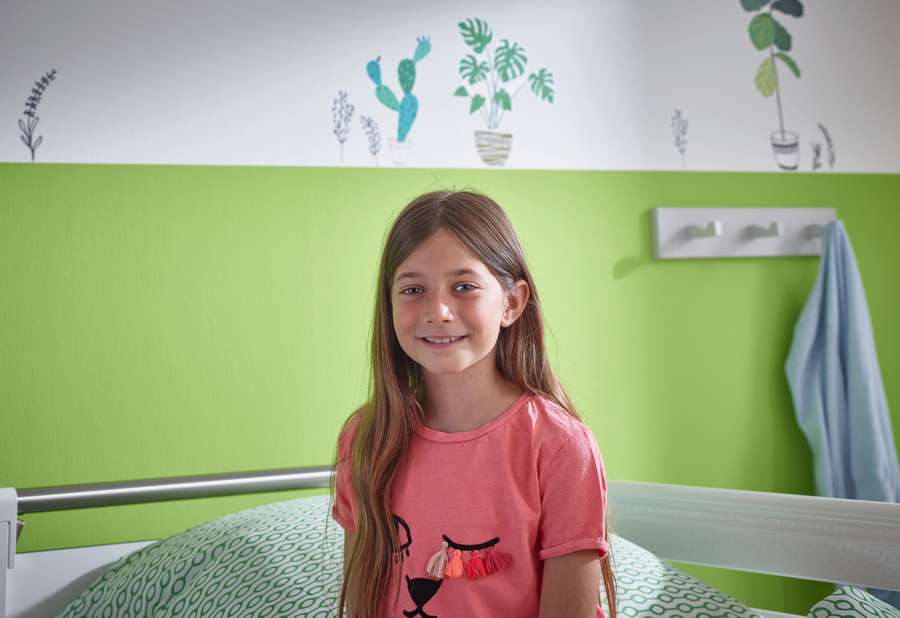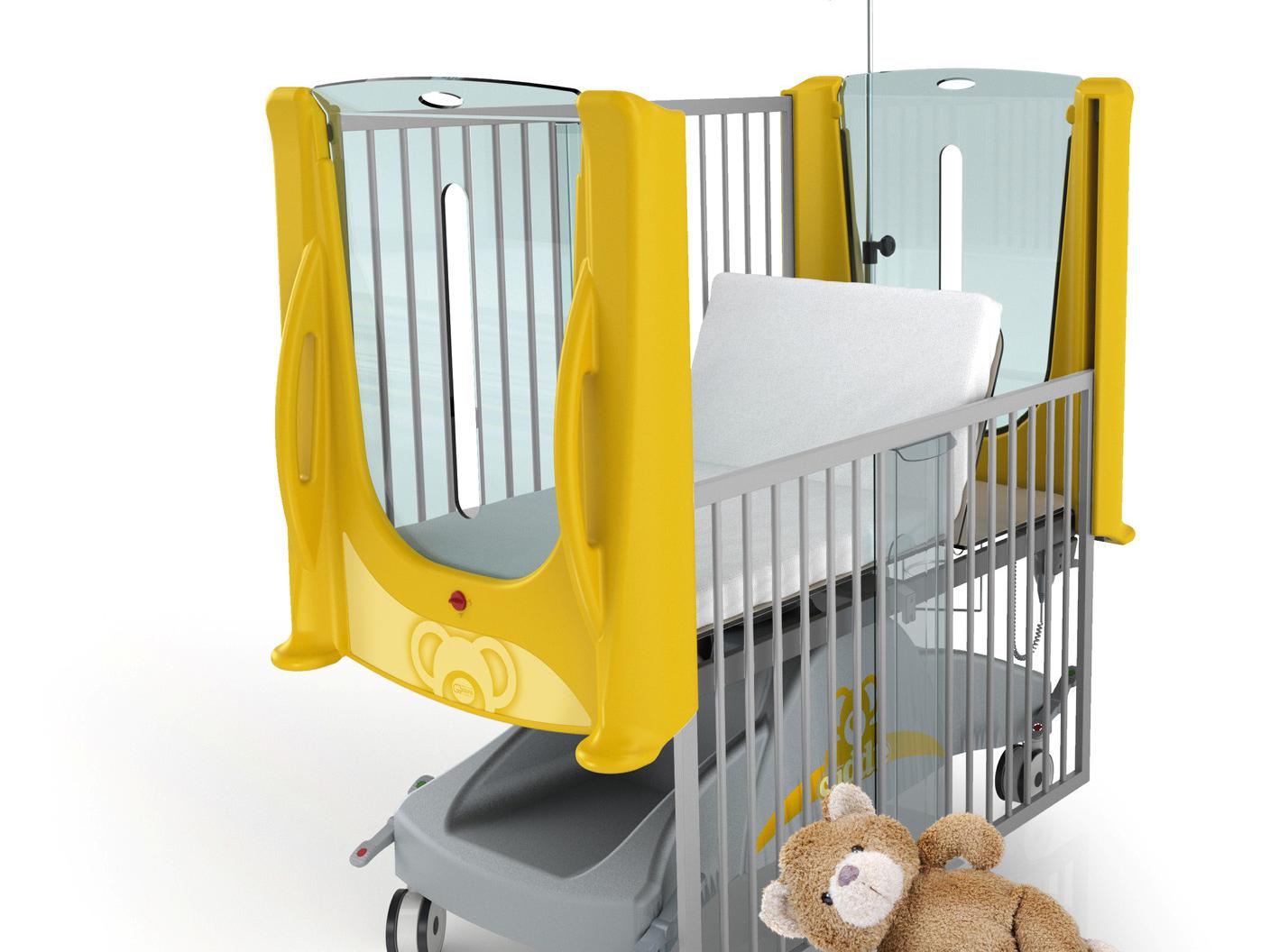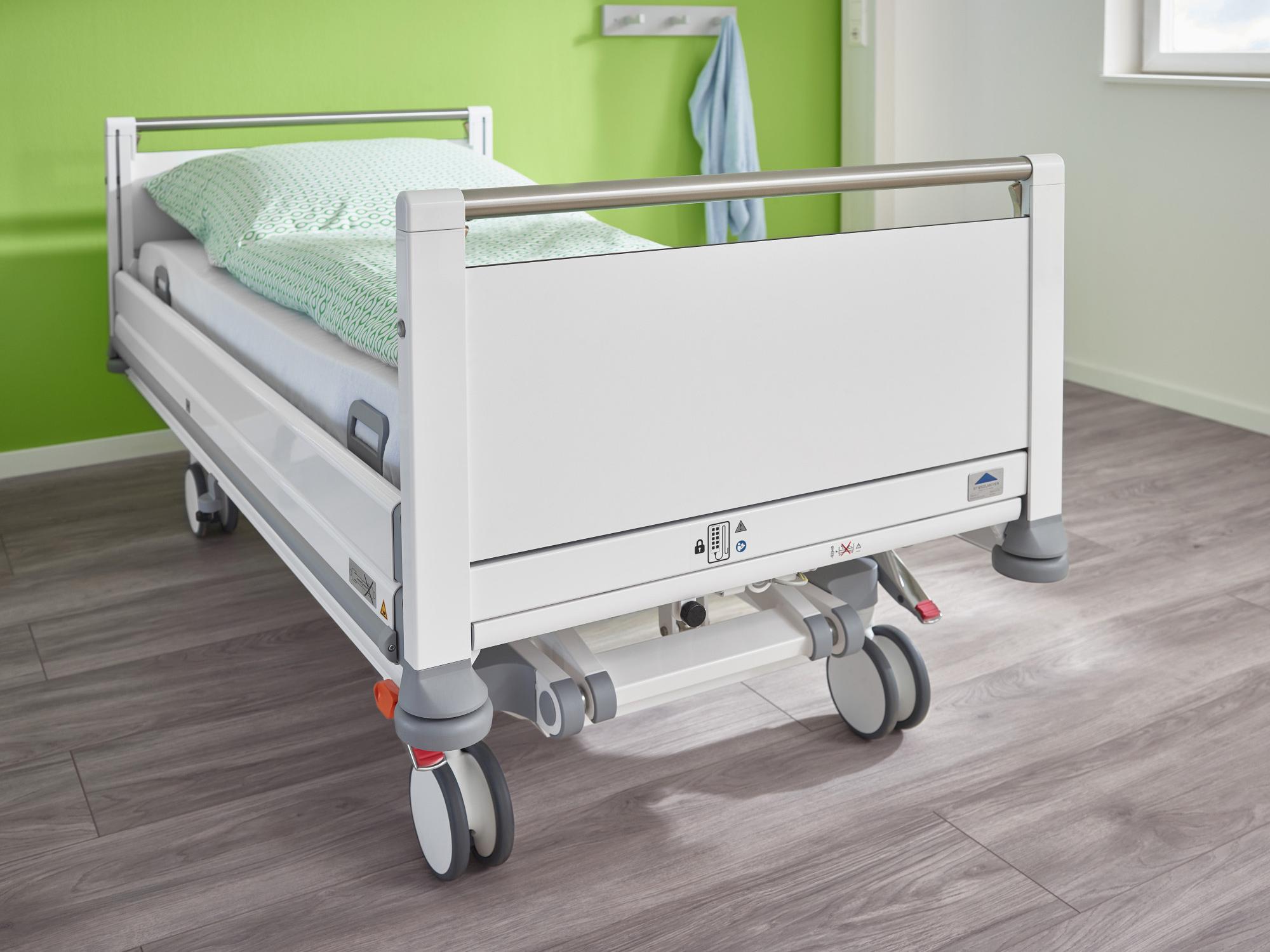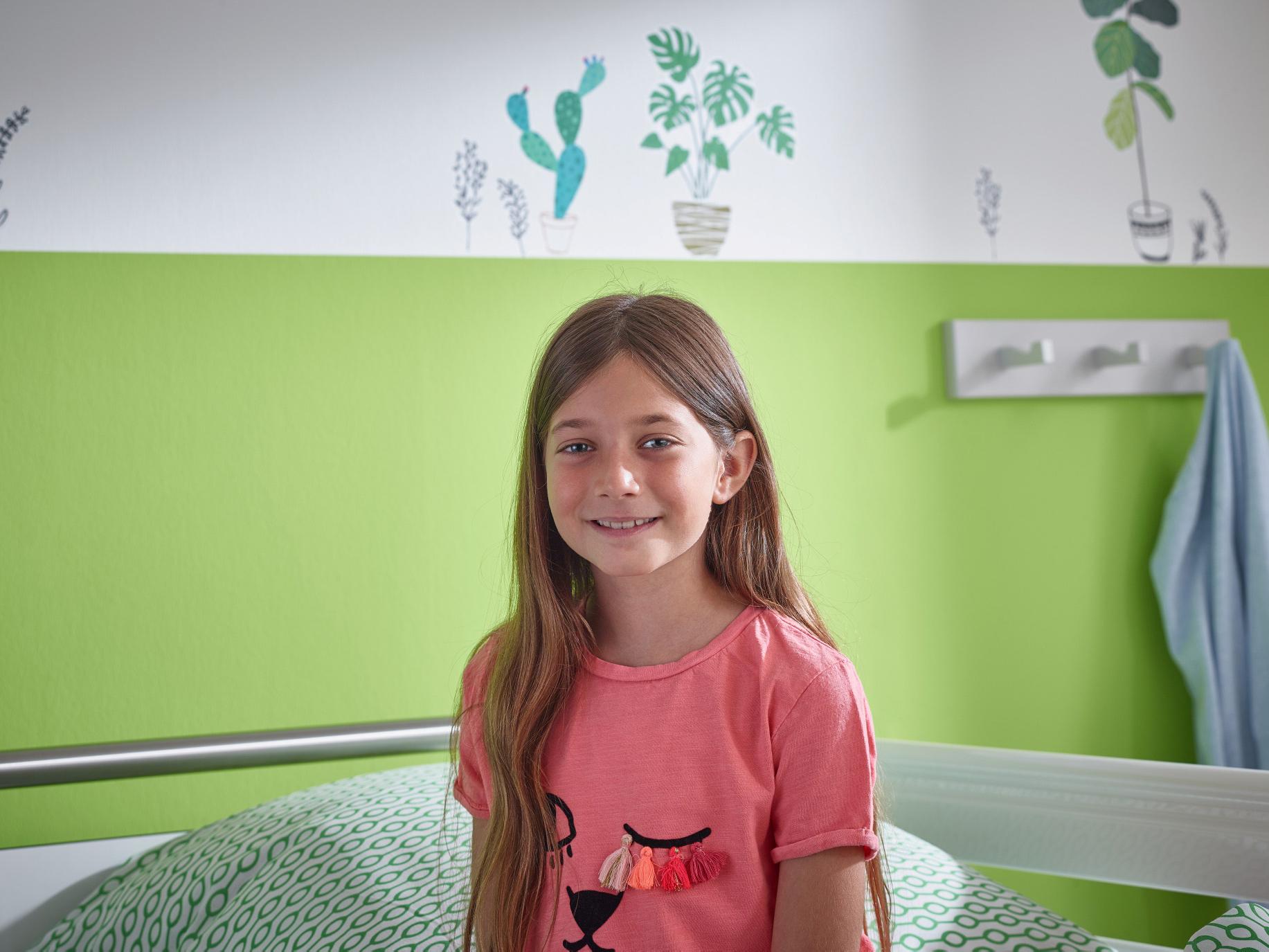
Better protection for active young patients
European standard for children's beds comes into effect – Stiegelmeyer well prepared
A lively temperament and curiosity are endearing characteristics of children. In hospital, however, lively behaviour can become a challenge when the young patients play in or in front of their bed. This is because children are not always sufficiently protected by the technical safety precautions for adults. Too great a space around the safety sides can become a problem, as can gaps and crevices where children might pinch their fingers.
The European Union has therefore for the first time initiated a standard for medical children's beds, in which Stiegelmeyer also participated as an expert manufacturer: EN 50637 will come into effect on 31 August 2020. The new set of regulations gives manufacturers and users of paediatric beds greater safety. It replaces an entire set of standards from which everyone has so far put together their products to the best of their ability. In Germany there was an old DIN standard for paediatric beds, at European level there was a standard for private children's beds, and of course the adult bed standard EN 60601-2-52 was and is also to be observed.
Infant, child and junior beds
The new standard distinguishes between three types of paediatric beds: "cribs" (known as baby trolleys in Stiegelmeyer's case) for patients up to 75 cm tall, "cots" (children's beds) for children between 75 and 125 cm tall and "junior beds" from 125 to 155 cm tall. In principle, the new regulations are not only concerned with children and adolescents, but also with adults of small physiques. The limit to the "normal bed" is defined by the EN 60601-2-52 standard: people with a weight of up to 40 kg, a height of up to 146 cm and a body mass index of up to 17 must be accommodated in smaller beds specially designed for their needs in hospitals.
Large sections of the new standard specify spacing between the individual bed components. If the spacing is too small, there is a risk of entrapment or even strangulation; if it is too large, patients could slip through the safety sides and fall out of bed.
"Holes" are not welcome
In the case of safety sides, for example, there must therefore be no gaps greater than 6 cm between the bars and no gaps greater than 4 cm to the heads. The protective height of the safety side above the mattress must be at least 60 cm for children's beds and at least 22 cm for junior beds. Gaps and crevices in the construction are strictly regulated: No "holes" between 5 and 12 mm in diameter are permitted in baby trolleys, between 5 and 25 mm in children's beds and between 7 and 25 mm in junior beds
Another example is the handset: with standard beds a lot of effort is put into placing it within easy reach of the patient. With paediatric beds, on the other hand, it must be able to disappear into a lockable compartment to prevent accidental adjustments or strangulation with the cable.
New models from Stiegelmeyer
In general, protrusions, sharp corners and edges in the interior of the bed where children could bump into and pull themselves up or where clothing and parcifier chains could get caught should be avoided. Cables must be arranged so that they are out of reach of the patient and at least 20 cm away from the mattress base.
What are the implications of the entry into effect of the new standard for hospitals? As far as is currently known, older paediatric beds that are already in use are subject to an unlimited period of protection. However, the new standard contains such significant restrictions in some design areas that it is advisable to adapt future plans accordingly. With the new Cuddle cot from Stiegelmeyer, hospitals are ready for the future. The launch of our new youth bed Seta pro junior is also imminent. We look forward to providing you with comprehensive information about this soon.





